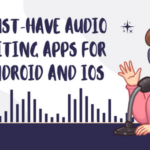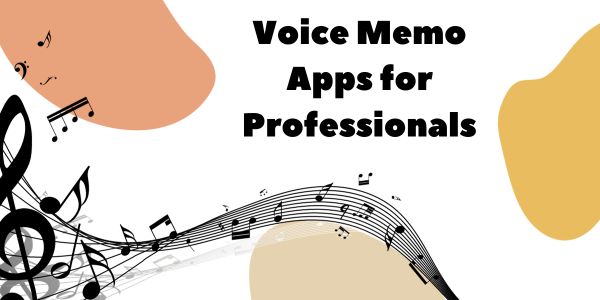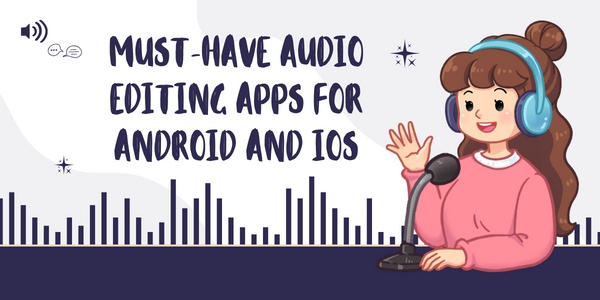For visually impaired individuals, navigating the digital world can often be challenging. However, thanks to technological advancements and the development of screen reader tools, users with visual impairments can now access and interact with various digital platforms more easily. Screen readers are software applications that convert text into synthesized speech or braille output for blind or visually impaired users. These tools play a crucial role in enabling accessibility and inclusivity online.
In this blog post, we will explore ten essential screen reader tools specifically designed to cater to the needs of visually impaired users. Whether you’re a student looking for educational resources or an office worker who relies heavily on computer usage, these screen reader tools will undoubtedly enhance your overall browsing experience.

1) JAWS (Job Access With Speech):

JAWS is one of the most popular and widely used screen reading software. It provides comprehensive support across multiple operating systems, such as Windows PCs and laptops, by converting on-screen content into synthetic speech or Braille output using compatible refreshable Braille displays.
One notable feature of JAWS is its ability to work seamlessly with Microsoft Office Suite programs like Word, Excel, PowerPoint, etc., making it easier for visually impaired individuals working in professional settings where document creation/editing tasks are every day.
2) NVDA (NonVisual Desktop Access):
NVDA is another powerful open-source screen reading tool that offers similar functionality as JAWS but at no cost! This makes it an excellent choice for those who may not have the financial means to invest in expensive assistive technologies.
With NVDA installed on your computer system running Windows OS versions from XP through 10, you’ll gain access not only to web pages but also desktop applications like email clients (Microsoft Outlook), media players(Windows Media Player/VLC), PDF viewers(Adobe Acrobat Reader DC).
3) VoiceOver:
VoiceOver comes pre-installed on Apple devices, including Mac computers, iPhones, and iPads. It is a fully integrated screen reader that allows visually impaired users to navigate the iOS operating system and access various applications.
One of VoiceOver’s standout features is its support for braille displays, which provides an additional way for blind individuals to interact with their devices. Moreover, it offers customizable gestures and commands, making it highly adaptable based on individual preferences.
4) TalkBack:
TalkBack is Google’s built-in accessibility feature available on Android devices. Like VoiceOver, TalkBack enables visually impaired users to navigate through the Android interface using spoken feedback or Braille output when connected with compatible refreshable Braille displays.
With continuous updates from Google ensuring compatibility across all major apps and services, Talkback has become an indispensable tool for millions of visually impaired individuals who rely on Android smartphones daily.
5) Orca:

Orca is a free, open-source screen reader developed primarily for Linux-based systems like Ubuntu. It supports multiple languages, including English (US/UK), Spanish (Spain/Latin America), French, etc., making it accessible globally.
In addition to providing speech synthesis capabilities similar to other screen readers mentioned earlier, Orca also includes magnification functionality, allowing low-vision users greater flexibility in adjusting text size according to personal preference without compromising readability!
6) Supernova Magnifier & Screen Reader:
Supernova combines magnification and screen reading capabilities into one powerful software package designed specifically for Windows OS platforms.
This makes Supernova particularly useful if you have some residual vision but still require assistance reading small print or navigating complex web pages where enlarged fonts alone may not be sufficient to aid your browsing experience effectively
7) ChromeVox:
ChromeVox was created by Google and tailored explicitly towards enhancing web accessibility within the Chrome browser environment itself! This means there is no need to install the separate application onto the computer; just enable this extension via the settings menu options in the “Accessibility” section.
Once activated, Chromevox will provide spoken feedback as you navigate through webpages and interact with form fields, links, buttons, etc., making it easier than ever before for visually impaired individuals to browse the internet confidently without any additional software installations required!
8) WebAnywhere:
WebAnywhere is a unique screen reader tool that operates entirely online! This means there’s no need to download or install anything onto your computer system; simply visit their website and start using it immediately! By utilizing advanced speech synthesis technology combined with intelligent webpage parsing algorithms, WebAnywhere provides seamless access to virtually all websites, regardless of whether they’ve been optimized explicitly for accessibility standards.
9) System Access To Go:
System Access To Go offers an innovative approach towards providing an accessible computing experience by allowing users to remotely connect via a secure server hosted by Freedom Scientific (makers JAWS).
This means that even if you don’t have a personal copy installed on a local machine, you can still benefit from its powerful features,, including Braille support and document reading/editing capabilities while accessing your your own files stored elsewhere,, such as cloud storage services like Dropbox and Google Drive
10) Dolphin Supernova Magnifier & Screen Reader USB Edition:
Dolphin Supernova combines both magnification functionality into a single portable device that plugs directly into any Windows-based PC/laptop via a USB connection.
This makes ideal solution situations where may not always have administrative privileges necessary to perform complete installation process but still require assistance enlarging text sizes and viewing content clearly across multiple applications simultaneously!
Conclusion:
In conclusion, screen reader tools are vital in enhancing the accessibility and inclusivity of digital platforms for visually impaired users. With advancements in technology, numerous options are available that cater to different operating systems and user preferences.
From well-known software like JAWS and NVDA to built-in features such as VoiceOver on Apple devices or TalkBack on Android, visually impaired individuals can access powerful tools that allow them to navigate through webpages, read documents, interact with applications, and more. Additionally, open-source options like Orca provide cost-effective solutions for Linux-based systems.
Developers and designers alike need to prioritize accessibility when creating websites and applications by implementing proper coding techniques that work seamlessly with these screen readers. By doing so, we can ensure a more inclusive online experience for all users.
As technology continues to evolve rapidly, it is encouraging to see the development of innovative solutions such as WebAnywhere or System Access To Go, which offer unique approaches to providing accessible computing experiences remotely or without any installation requirements.
Ultimately, these ten essential screen reader tools empower visually impaired individuals by giving them equal opportunities in education settings or professional environments where computer usage is crucial. As society progresses towards greater inclusion and diversity awareness across various industries,, to support initiatives must to promote universal design principles, ensuring everyone has a chance to thrive regardless of their abilities!








